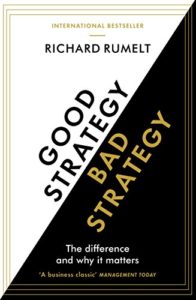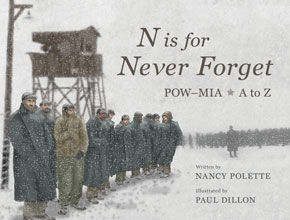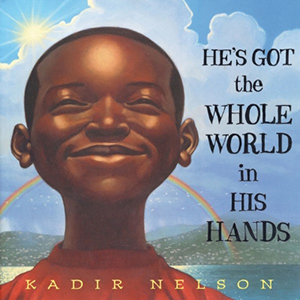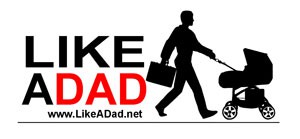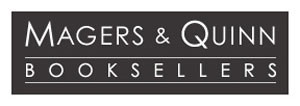“Not all readers are leaders, but all leaders are readers.” –Harry S. Truman
One chief executive office (CEO) leans against the arm of the leather chair in his home office, holding the book he discovered in the New York Times Book Review. Another pulls her current Harvard Business Review recommendation from her attaché case as she sets herself to read during her flight to a meeting. They are part of the CEO book club, informed by a myriad list of titles and a wide range of recommendations. The only requirement for membership is to be a reading CEO.
The majority of CEOs read more intentionally than the average person. What they read and how much they read is widely discussed.
“It is the second most influential book for CEOs and professional athletes.”
“Really? Behind which one?”
“Well, the Bible.”
A pair of twenty-year-olds at a local Caribou Coffee debate which books are the most important to powerful people. One, a business student at New York University and aspiring CEO, defends Ayn Rand’s Atlas Shrugged as the most important, citing a Forbes Magazine article for his argument. The other young man, a self-proclaimed CEO of three companies for which he is the sole employee, is convinced that Meditations by Marcus Aurelius has had more influence on the leaders of the world. Both men admit they hope to become successful CEOs and they want to know what other CEOs are reading. Their conversation may be organic, but it mimics the way many CEOs approach books.
Likely, over time, the young debaters will discover that the habit of reading may be the only common thread among CEOs, but the books they deem most influential and the groups with whom they discuss them will vary as widely as the personalities of the CEOs themselves.
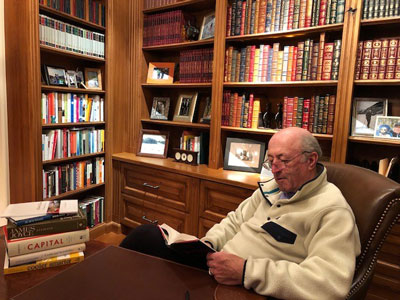
CEO Jim Donahugh reads a variety of books to expose himself to thinking from different points of view.
Jim Donahugh, Chairman and CEO at Madden Communications in Chicago, is a prolific reader. He always has been. A graduate in English Literature from Northwestern University, he says, “I went off into business, and reading stayed with me. I always enjoyed debate around ideas and liked all kinds of genres.”
Jim reads five to six books at a time and, depending on his mood for the day, he shifts back and forth between titles. He consumes an eclectic mix of genres and his nightstand library changes over every couple of weeks. He reads nonfiction, fiction, trade titles, and poetry.
“Wide-ranging reading exposes you to thinking from different points of view,” he says. “Absorbing content helps develop your own world view.”
Sharing and debating ideas with those who vary in their opinions is part of the power of reading for Jim. Jim travels too often to be part of a formal book group, but he has a solid eight to ten people he talks with about the books he reads. They set aside purposeful time to get together to discuss interesting topics, share new titles, and expose themselves to their varied points of view.
“It’s important to see a diversity of opinion,” he says. “We’ve got to be cognizant, aware, of our tendency as a society to live in an echo chamber. The variety of people I talk with range from conservative to liberal. By reading and debating books together we can offer each other differing points of view. It’s one opportunity to create a better world view.”
Even if the majority of what he reads isn’t directly applicable to his company or its processes, the dynamic perspective Jim gains as a reader translates to how he operates in his capacity as a CEO.
“If someone limits himself in a narrow slot, it puts him at a disadvantage to frame situations or see broader applications. [The effect of reading a variety of books] is like working with a Rubik’s cube as opposed to a two-dimensional object. Reading allows for a person, in my opinion, to fully explore lots of different ideas that, over time, help shape better decisions. Occasionally, I even find a business book nugget.”
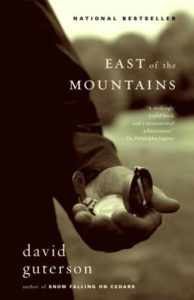
Jim says talking about novels is a great way to engage in conversation to challenge point of view. He and his friends recently had a long discussion about end of life choices after reading East of the Mountains.
In Jim’s opinion, novels are possibly the best way to get into conversation to challenge point of view.
He explains that he and his friends recently discussed East of the Mountans by David Guterson. It is the story of an old man who is terminally ill and wants to kill himself. It lends itself to a discussion about end of life challenges, including religion. “My friends and I had a long, long discussion about that one.”
Jennifer Crute Steiner, CEO of Castlewood Treatment Centers based in Monterey, California, employs reading to make herself a better CEO, but more importantly, she says, “it’s my effort to become a better human.”
Jennifer’s approach to reading mimics her personality.
“I’m big on management process in general. In order to achieve goals, I have to set a system. I decided I need to enrich myself (professionally) with a book each month.”
After consulting five people she requested to be her mentors, she asked them to share titles they value. She took their recommendations, as well as titles she had collected through her membership with YPO (a global platform for chief executives to engage, learn, and grow), and created a calendar of books she plans to read over a 24-month period.
At this point in her life, Jennifer finds time to read mostly in the evenings after her kids go to bed, taking an hour each night to intentionally move away from digital devices. She listens to audiobooks while driving or reads on airplanes and in airports while traveling.
A formal book club is not an option for Jennifer either. Instead, she discusses the books she reads with her mentors or with the team members she leads.
There are seven people on Jennifer’s direct report team, and her plan is to implement a leadership development program with this team similar to a program she ran in her previous CEO position. Her monthly read will be part of the leadership development program.
“Books give us a reason to get together to talk, collaborate, and focus. They give a platform for concepts and broaden our perspectives. They are a big part of growth,” Jennifer says.
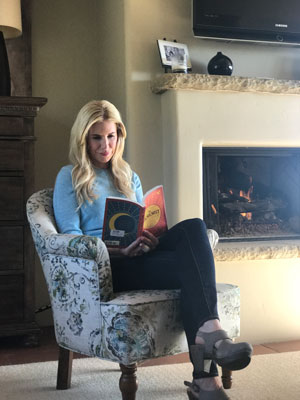
CEO Jennifer Crute Steiner reads in the evening after her kids go to bed. She shares her thoughts about the books she reads with her direct team as part of their professional development.
The themes of the books Jennifer reads vary, but a majority of them are about leadership execution or topics relevant to the healthcare industry. She is also concurrently launching her own company called Lead Like a Chiq, a platform that encourages authentic female leadership.
“All that I’m reading now is informing curriculum for this (Lead Like a Chiq) organization,” she says.
On the personal side, she generally reads an additional book over the course of one or two months. She tends to lean toward self-improvement books.
“I’m committed to the five dimensions of wellness,” Jennifer says. She works hard to balance the physical, spiritual, emotional, intellectual, and social aspects of her life. “If I just read, I might be forgetting about physical, spiritual, or social. I guess it’s a management process.”
Not all CEOs are executive officers for the same types of companies, or even for the same reasons. They share the title of top dog, but when it comes to the books that best serve their personal and professional goals, there’s an endless library of options. There’s also a vast club of professionals who would likely be happy to discuss the titles that can be found there.
Jim’s Reading List
Jim highly recommends Good Strategy/Bad Strategy: The Difference and Why it Matters by Richard Rumelt as his favorite business book. He says this is the type of book that would require three copies: one to tear apart, one to write on, and one to give to someone as a referral.
Jim’s nightstand list at the time of this interview:
How the Right Lost Its Mind by Charles Sykes
An Extraordinary Time: The End of the Postwar Boom and the Return of the Ordinary Economy by Marc Levinson
M Train by Patti Smith
Why Buddhism is True: The Science and Philosophy of Meditation and Enlightenment by Robert Wright
The Attention Merchants: The Epic Scramble to Get Inside Our Heads by Tim Wu
Jim feels poetry needs to be available, and right now he’s reading Lamentation for the Written Word by Victor Klimoski.
Jennifer’s Reading List
Some titles she has read and some titles she has in the queue she has created for her two-year reading calendar.
Your Brain at Work: Strategies for Overcoming Distraction, Regaining Focus, and Working Smarter All Day Long by David Rock
Emotional Intelligence: Why It Can Matter More Than IQ by Daniel Goleman
Conscious Business: How to Build Value Through Values by Fred Kofman
Wherever You Go, There You Are: Mindfulness Meditation in Everyday Life by Jon Kabat-Zinn
Drive: The Surprising Truth About What Motivates Us by Daniel Pink
Difficult Conversations: How To Discuss What Matters Most by Douglas Stone
Fierce Conversations: Achieving Success at Work and in Life One Conversation at a Time by Susan Scott
Man’s Search for Meaning by Viktor Frankl
First, Break All the Rules: What the World’s Greatest Managers Do Differently by Marcus Buckingham and Curt Coffman
Getting Things Done: The Art of Stress-Free Productivity by David Allen
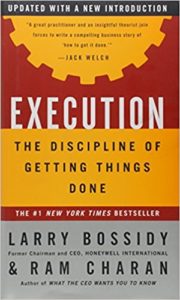
The majority of the books Jennifer reads focus on leadership execution. She reads at least one business-related book each month and shares insights with her direct reports.
Execution: The Discipline of Getting Things Done by Larry Bossidy and Ram Charan
The Practice of Management by Peter Drucker
QBQ! The Question Behind the Question: Practicing Personal Accountability at Work and in Life by John G. Miller
Just Listen: Discover the Secret to Getting Through to Absolutely Anyone by Mark Goulston and Keith Ferrazzi
Power Questions: Build Relationships, Win New Business, and Influence Others by Andrew Sobel and Jerold Panas
The Five Dysfunctions of a Team: A Leadership Fable by Patrick Lencioni
Listening: The Forgotten Skill: A Self-Teaching Guide by Madelyn Burley-Allen
Shoe Dog: A Memoir by the Creator of Nike by Phil Knight
The Power of Now: A Guide to Spiritual Enlightenment by Eckhart Tolle
Transitions: Making Sense of Life’s Changes by William Bridges
Siddhartha by Hermann Hesse
Good Boss, Bad Boss: How to Be the Best,,,and Learn from the Worst by Robert Sutton
How to Win Friends & Influence People by Dale Carnegie
The Success Principles: How to Get from Where You Are to Where You Want to Be by Jack Canfield
The Last Lecture by Randy Pausch
The 80/20 Principle: The Secret to Achieving More with Less by Richard Koch
Onward: How Starbucks Fought for Its Life without Losing Its Soul by Howard Schultz
Identity Is Destiny: Leadership and the Roots of Value Creation by Laurence Ackerman
Leaders Eat Last: Why Some Teams Pull Together and Others Don’t by Simon Sinek
Restore Yourself: The Antidote for Professional Exhaustion by Edy Greenblatt
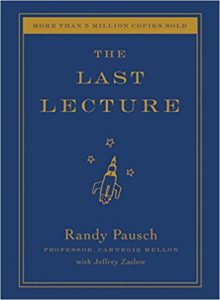
Jennifer Crute Steiner reads not only to make herself a better CEO, but more importantly, she says, “it’s my effort to become a better human.”
The Progress Principle: Using Small Wins to Ignite Joy, Engagement, and Creativity at Work by Teresa Amabile and Steven Kramer
Influence: The Psychology of Persuasion by Robert Cialdini
Made to Stick: Why Some Ideas Survive and Others Die by Chip Heath and Dan Heath
Thinking, Fast and Slow by Daniel Kahneman
Who Says Elephants Can’t Dance by Louis V. Gerstner
Orbiting the Giant Hairball: A Corporate Fool’s Guide to Surviving with Grace by Gordon MacKenzie
Creativity, Inc.: Overcoming the Unseen Forces That Stand in the Way of True Inspiration by Ed Catmull
Leading Teams: Setting the Stage for Great Performances by J. Richard Hackman
Give and Take: Why Helping Others Drives Our Success by Adam Grant
To Sell Is Human: The Surprising Truth About Moving Others by Daniel Pink
Team of Teams: New Rules of Engagement for a Comples World by General Stanley McChrystal
Collaboration: How Leaders Avoid the Traps, Build Common Ground, and Reap Big Results by Morten Hansen
The Silo Effect: The Peril of Expertise and the Promise of Breaking Down Barriers by Gillian Tett
The Path Between the Seas: The Creation of the Panama Canal, 1870-1914 by David McCullough
Feature photo: CEO Jim Donahugh’s personal library.
Photos courtesy of the Donahugh family and the Steiner family.
Senior writer for Books Make a Difference, Meagan Frank reads like a CEO, but her children, two teens and a tween, are still not convinced she should have CEO status in their home. To combat the negativity, Meagan writes, coaches, and speaks. Meagan is writing her second nonfiction book about navigating youth sports and is seeking agent representation. (She’s hopeful to find someone who totally believes she is CEO material.)
This article was first published February 2018.

